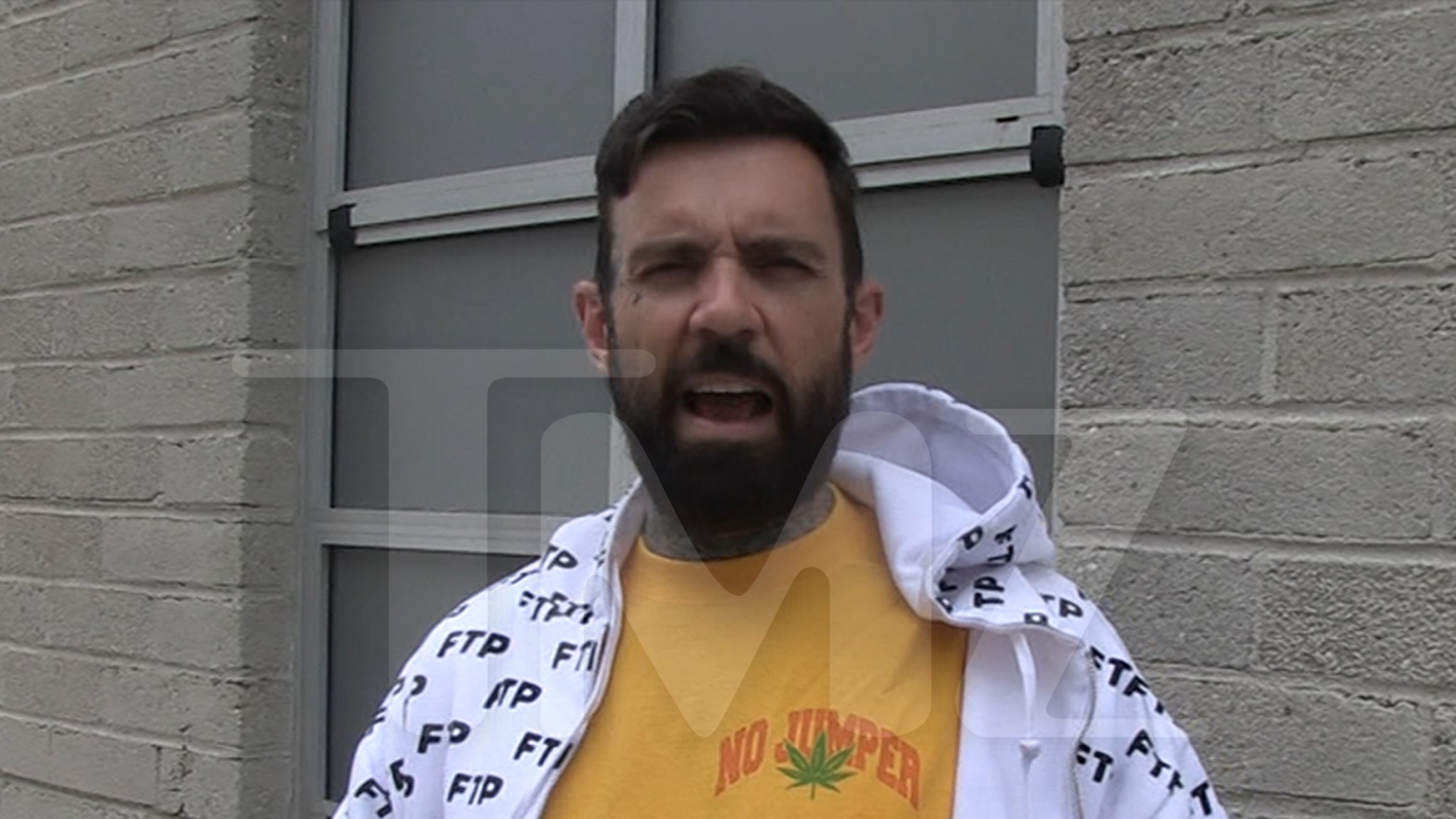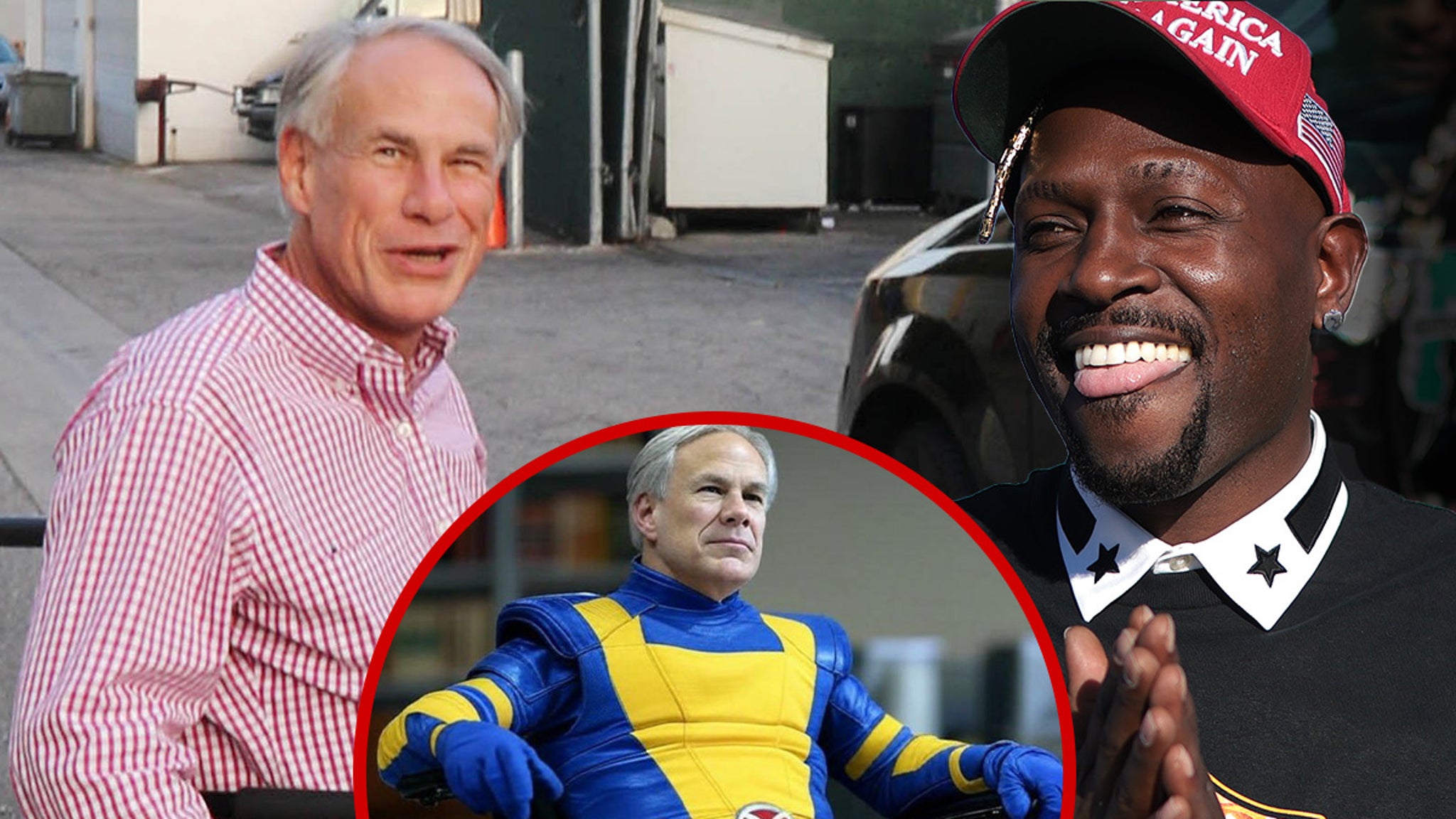Culture
Why Is an Entire Age of American Opera Missing at the Met?

“Vanessa” had the kind of pedigree you rarely see in a world premiere at the Metropolitan Opera.
Samuel Barber, who was already famous for his Adagio for Strings, composed the score. Gian Carlo Menotti, his partner and an experienced hand at opera, wrote the libretto and directed. Cecil Beaton, mere weeks from winning his first Academy Award, designed the production. Dimitri Mitropoulos, the house’s leading maestro, conducted.
On opening night, in January 1958, audience members sounded pleased during the intermission, according to a report. There were 17 curtain calls. The next day, Howard Taubman wrote in The New York Times that “Vanessa” was “the best American opera ever presented” at the Met. It would go on to win the Pulitzer Prize for music.
The opera was revived the next season, and again in 1965, when a critic wrote that it “deserves to be kept in the repertory.” Instead, it disappeared from the Met.
“Vanessa” has survived, to be sure. The aria “Must the winter come so soon?” is a staple of recitals and competitions. Conservatories and small companies stage productions; a “reimagined” version by Heartbeat Opera is coming to the Williamstown Theater Festival this summer.
Why, then, is it impossible to see “Vanessa” at an opera house like the Met? That’s a question with deeper implications: If one of the finest, most enduring American works of the mid-20th century can’t make it to the grandest stage in the country, what hope is there for others from its time?
“Vanessa” represents a period in American opera history in which Barber and his peers, most of them gay, were creating a style that would become known in the popular imagination as “American” sound: a plain-spokenness that folded well-known songs and folk melodies into a middlebrow classical idiom.
The absence of “Vanessa” on the Met’s stage, and on others in New York, is more upsetting when you hear a persuasive argument for its vitality, like the one made recently at the Kennedy Center, with the National Symphony Orchestra presenting “Vanessa” in concert. (Not long after, the center was in upheaval.)
There, the opera received the kind of top-shelf treatment it had at its premiere: Its hit aria was sung with plush sincerity by the mezzo-soprano J’Nai Bridges; smaller roles like the Baroness and the Doctor were taken on by the veteran stars Susan Graham and Thomas Hampson; the players were led by Gianandrea Noseda, a conductor with a gift for shaping dramatic scores with a broad view that pays off by the opera’s climactic quintet, “To leave, to break.”
That moment comes near the end of the opera, a brisk two of hours of plot in which Vanessa and Erika, involved in a love triangle with the uncanny Anatol, hold on to idealism and delusion to the point of regret and self-sabotage. The quintet builds to a declaration of Barber’s respect for the art form’s traditions; its woven melodies are like loose strands from “Fidelio” and “Der Rosenkavalier.” Which is fitting for a composer who, even when developing a homegrown idiom of his own, was criticized for sounding too European.
If “Vanessa” has a continental accent, Barber’s style is only part of the reason. His collaborator, after all, was Menotti, an Italian-born composer and librettist brought up on operas at La Scala in Milan. (In the 1950s, it wasn’t unusual for newspapers to refer to them as “close friends.”) Together they decided to set the story in a Scandinavian country house rather than, say, an old upstate New York mansion like the one they lived in.
There was even a moment when the title role could have gone to a star with one foot in America and the other in Europe: Maria Callas. As Howard Pollack recounts in “Samuel Barber: His Life and Legacy,” Callas visited Barber and Menotti’s home, with her husband and her miniature poodle, to hear Barber play and sing through the score. She complained that “Vanessa” had no melodies, and that, in any case, “I could never fall in love with a man who had already made love with my mezzo-soprano!” (She was also unsure about the prospect of singing in English, despite having been born in New York. Barber quipped: “A graduate of Public School No. 102 decided she did not know English well enough to attempt singing in that language.”)
Without Callas’s celebrity, there was still much anticipation for the opera’s debut. The Met hadn’t premiered an American opera in more than two decades; the only contemporary work it had presented in the five years before “Vanessa” was Stravinsky’s “The Rake’s Progress.” Over a month before opening night, Esquire magazine published the entire libretto.
That “Vanessa” had such a high-profile premiere, on no less than the Met stage, was all the more remarkable because it wasn’t even a given for new operas to premiere in opera houses. It was just as common, in the 1940s and ’50s, for them to open on Broadway.
In the 1930s, the Gershwins’ “Porgy and Bess” started at what is now the Neil Simon Theater, today home of the Michael Jackson jukebox musical “MJ”; Virgil Thomson and Gertrude Stein’s “Four Saints in Three Acts” opened on 44th Street. Other works followed suit: Broadway theaters housed Kurt Weill and Langston Hughes’s “Street Scene,” Marc Blitzstein’s “Regina,” even Menotti’s Pulitzer Prize-winning “The Consul.”
Some operas were first presented outside New York or at universities, like Bernstein’s “Trouble in Tahiti,” Carlisle Floyd’s “Susannah,” and Douglas Moore and John La Touche’s “The Ballad of Baby Doe.” Often, those would end up onstage at New York City Opera, a haven of American opera in its best years and the company that premiered Aaron Copland and Horace Everett’s “The Tender Land.”
When operas opened on Broadway, they were under enormous commercial pressures and typically struggled to find a sustained audience. Routinely, they were appraised by theater rather than music critics. “Regina,” an adaptation of Lillian Hellman’s “The Little Foxes,” received cool notices from theater critics, then dramatically more positive ones from opera critics who tried to save it.
These works are by no means perfect, but they are too well crafted for their legacies to have either suffered or stagnated as much as they have since the mid-20th century. “The Tender Land” may be unsalvageable, and “Antony and Cleopatra,” Barber’s 1966 follow-up to “Vanessa,” wasn’t viable until it was heavily revised in the ’70s. But works like “Street Scene” and “Regina,” which combine masterly, melting-pot scores with quintessentially American themes, dramatize the soul of a nation. You’re unlikely to see either at the Met any time soon.
When Opera Theater of St. Louis mounted “Regina” in 2018, starring Graham, I asked Peter Gelb, the Met’s general manager, what was keeping his house from staging it or a more sure hit like “Vanessa.” He said, “It makes sense for the Met to produce them only if we can cast them with big singers, with promotional force.” When “Susannah” finally arrived at the Met in 1999, for example, it was with Renée Fleming in the title role.
The cast of “Vanessa” at the Kennedy Center was made up of singers who are either established or rising stars of the Met. Schedules allowing, they could be transplanted to Lincoln Center with ease. So what’s the holdup?
In recent seasons, the Met has become interested in American operas, but only those written by living composers. It has commissioned new works and revived ones from recent decades, like Jake Heggie’s “Dead Man Walking” and, next month, his adaptation of “Moby-Dick.” The goal, Gelb wrote last fall, is to program “operas with rich melodic scores and contemporary story lines.”
You could use the same words to sell virtually any opera from the age of “Vanessa.”





























